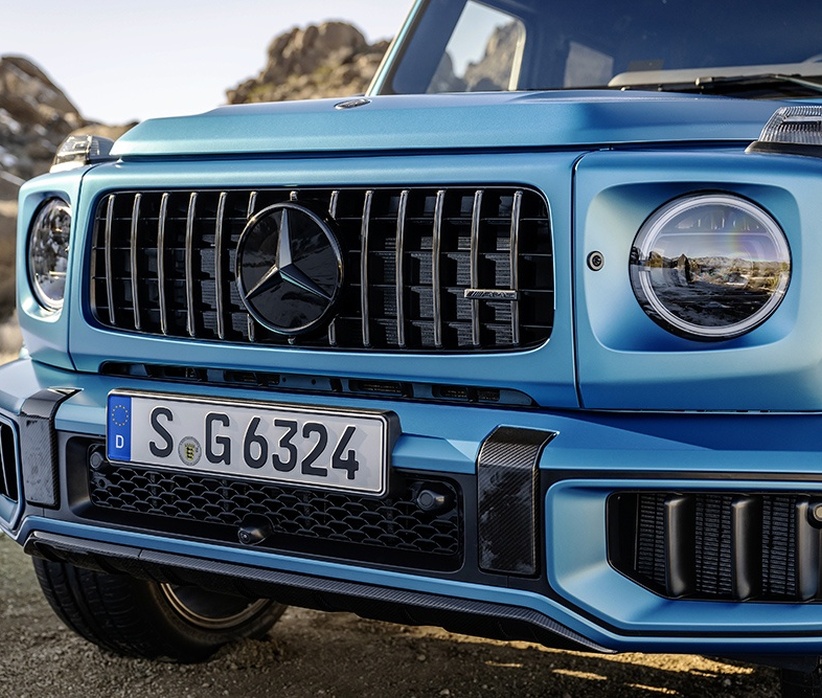
Like a high-stakes game of automotive hide-and-seek, Mercedes-Benz vehicles have been slipping into Russia through a tangled web of third countries since the official supply lines froze in March 2022. According to industry insiders, nearly 19,200 of these German-engineered status symbols have rolled into Russian driveways through what can only be described as a geopolitical shell game.
Belarus has emerged as the undisputed champion of this automotive smuggling ballet, funneling 36.5% of all "gray import" Mercedes into Russia. The route has become so established that one might imagine Minsk car dealers now greet customers with "Willkommen" instead of "Добро пожаловать."
Other unlikely waystations in this modern trade odyssey include:
The remaining trickle comes through an assortment of nations that reads like a UN Security Council seating chart - Estonia, Kazakhstan, Turkey, and even China playing bit parts in this automotive drama.
The breakdown of these contraband chariots reveals Russian elites' enduring love affair with German engineering:
Interestingly, 77% of these vehicles still wear their original German birth certificates, with Chinese-made models accounting for a mere 3% - proving that when it comes to luxury cars, the "Made in Germany" stamp still holds irresistible cachet, even when acquired through creative geography.
This automotive end-run around sanctions paints a picture of determined consumption, where luxury finds a way - much like water carving its path through stone, except with more leather upholstery and AMG badging.
















